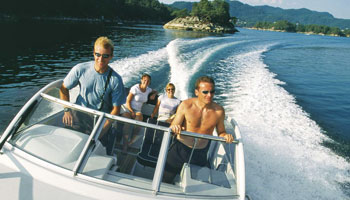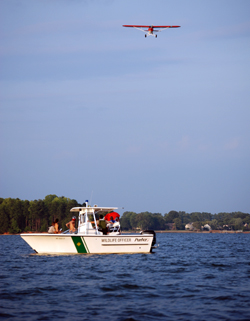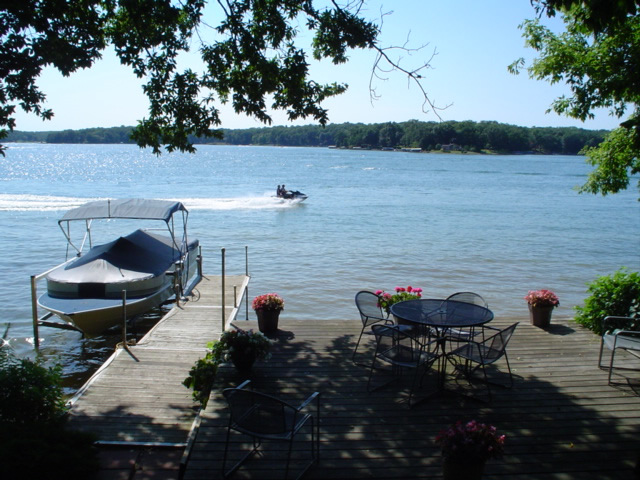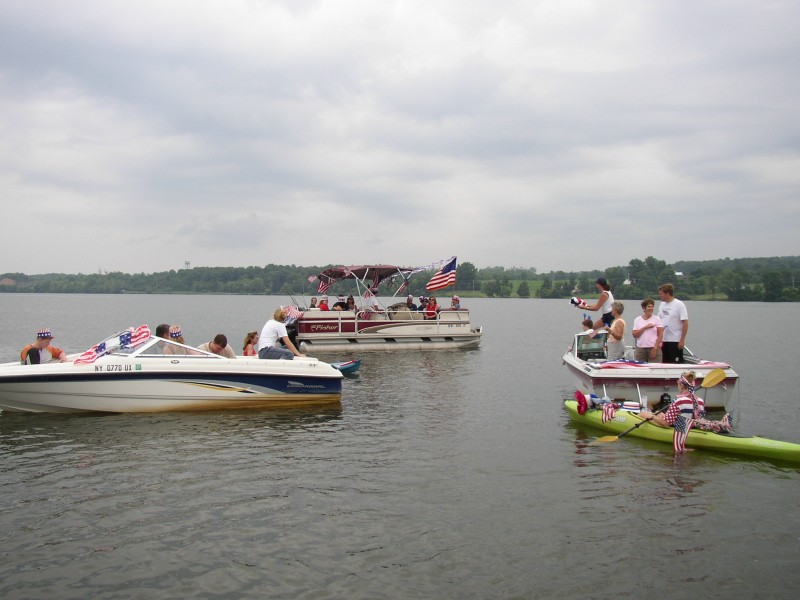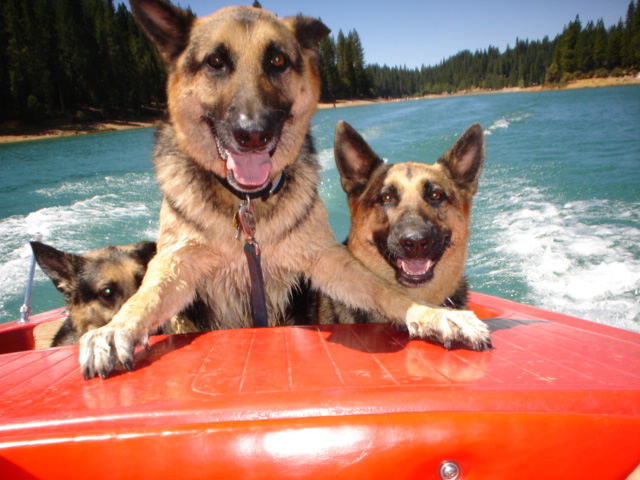The Labor Day holiday weekend can be an excellent time to enjoy boating recreation close to home as weather forecasts permit. There are so many festivals and special events going on all over America, but a quick bit of rest and relaxation on the water may appeal to you much more. However, according to AAA spokespeople, projected Labor Day travel is down 1% from last year among Americans. This may be due to the prices of fuel and automobile oil as well as boat motor oil. Impending expenses for school clothing and supplies many families with children must absorb can also be a deciding factor when choosing to stay home for Labor Day Weekend.
If you do choose to participate in recreational boating this Labor Day weekend, please follow basic rules of safety on the waterways. Wear a lifejacket that fits properly, avoid alcohol consumption when on the boat, keep a lookout for people and objects in the water, familiarize yourself with water routes and conditions before you travel, and follow the boating “rules of the road”. Most boating fatalities occur each summer during Memorial Day, Independence Day, and Labor Day holidays. Operator inattention has been said to be the leading cause of boating accidents, followed by alcohol-related fatalities. One wise precaution is assignation of a designated driver while boating, but passengers who are intoxicated can also cause safety hazards by falling overboard, swimming too close to boat propellers, and having other mishaps. Not wearing a life jacket is also a common component of fatal boating accidents. The new lightweight, compact fishing vests on the market are much more comfortable than the bulkier, more traditional life vests, having been innovatively designed to serve multiple purposes and are added incentive for anglers to wear them at all times while on the water.
Did you like this? Share it:
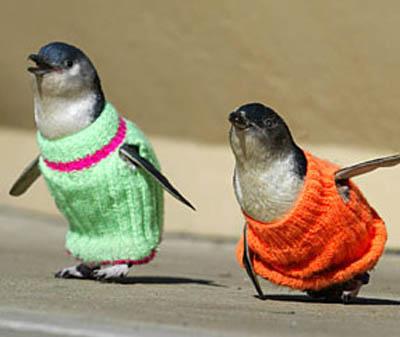


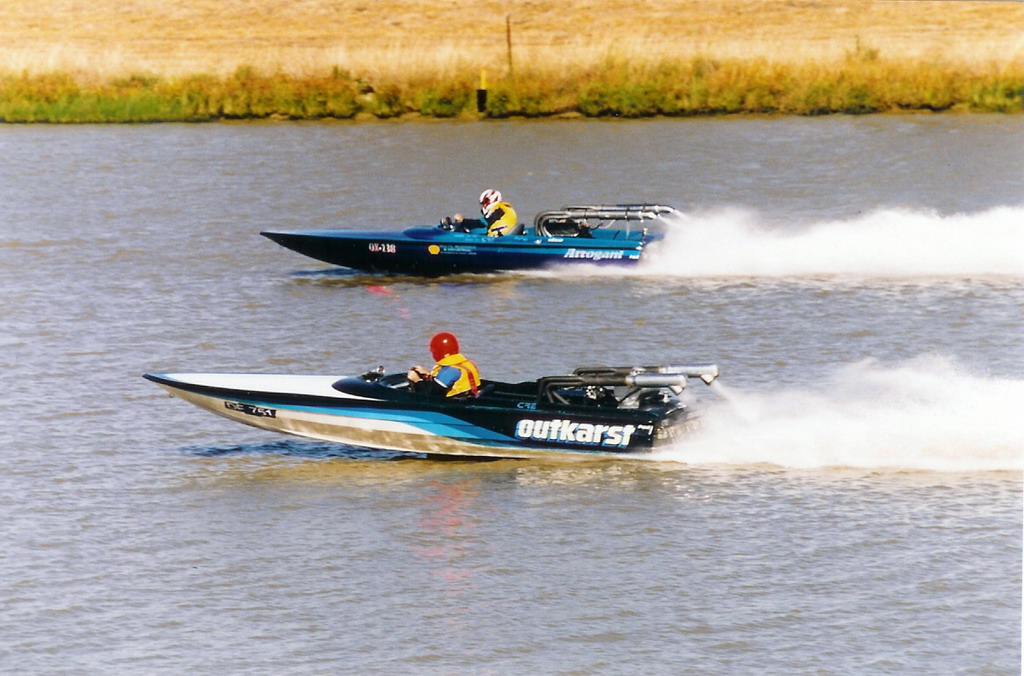
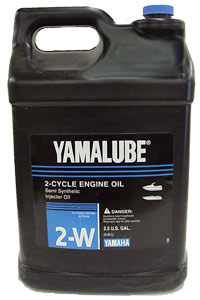 When choosing what kind of oil to use in your outboard engine, it’s not always wise to go with whatever’s cheap. In order to keep your motor running smoothly and for quite some time, do a little research into what type of oil will best suit your boat. Don’t scrimp on oil, because it will just cause you problems later.
When choosing what kind of oil to use in your outboard engine, it’s not always wise to go with whatever’s cheap. In order to keep your motor running smoothly and for quite some time, do a little research into what type of oil will best suit your boat. Don’t scrimp on oil, because it will just cause you problems later.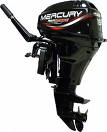 As autumn ushers in the cold weather that can be destructive to outboard motors, boat owners should think about the steps it takes to prepare their vessels for winter. The first step in getting an outboard motor ready for the winter is to remove all remaining gas from the carburetor – either by adding a gas stabilizer and running the engine until it dies, or draining and storing the gas for next season. Once the gas has been emptied, it’s safe to remove the motor and begin draining and refilling the lower gear unit.
As autumn ushers in the cold weather that can be destructive to outboard motors, boat owners should think about the steps it takes to prepare their vessels for winter. The first step in getting an outboard motor ready for the winter is to remove all remaining gas from the carburetor – either by adding a gas stabilizer and running the engine until it dies, or draining and storing the gas for next season. Once the gas has been emptied, it’s safe to remove the motor and begin draining and refilling the lower gear unit.
